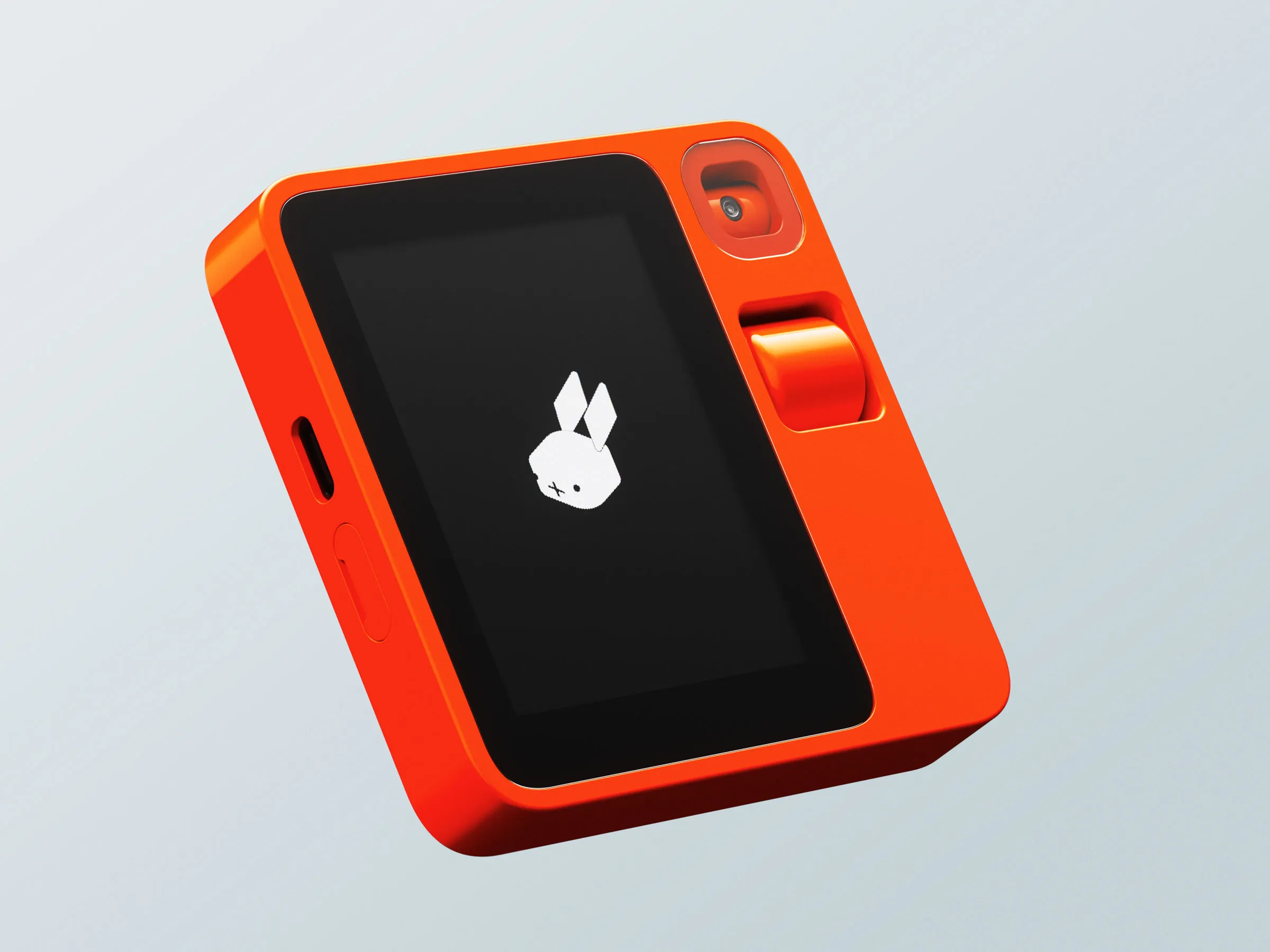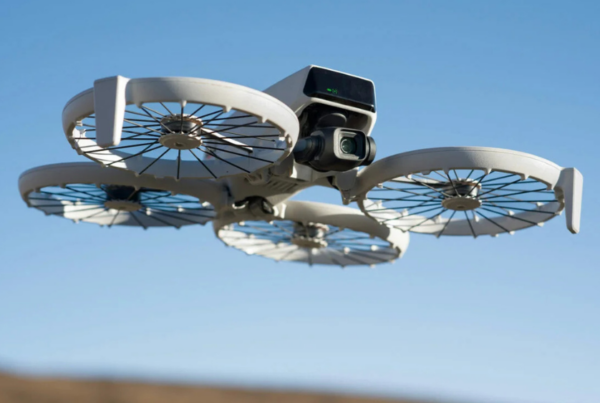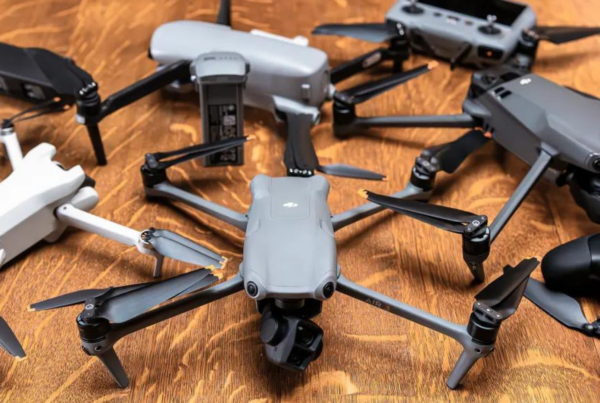
In today’s swiftly advancing technological landscape, our interaction with digital technology undergoes constant transformation due to the continuous emergence of groundbreaking AI devices. A prime illustration of this evolutionary trend is the Rabbit R1, an innovative standalone AI device that vows to redefine our engagement with smart gadgets.
The Rabbit R1: Design and Characteristics
Compact and stylish, the Rabbit R1 boasts a design collaboration with Teenage Engineering, recognized for its commitment to both aesthetics and functionality. Approximately half the size of an iPhone, this highly portable device features a 2.88-inch touchscreen, delivering a vivid display despite its diminutive dimensions.
Hardware Specifications
Empowered by a 2.3GHz MediaTek processor, the R1 includes 4GB of memory, 128GB of storage, and a rotating camera for photos and videos. Navigation is facilitated by a scroll wheel/button, and the device ensures all-day endurance with its impressive battery life. At its core, the Rabbit R1 operates on the Rabbit OS, driven by a distinctive Large Action Model (LAM), not merely a conventional large language model but an innovative universal controller for diverse apps and services.
Key Features of Rabbit OS
In contrast to managing multiple interfaces, Rabbit OS offers a universal control hub, streamlining tasks like car orders, grocery purchases, and message sending into a single interface. Its on-screen interface categorizes functions into cards for intuitive navigation, complemented by a Training Mode enabling users to teach the R1 new tasks for future automation.
Practical Use and User Experience
More than a visually appealing gadget, the R1 stands as a practical tool for daily use. Its rotating camera and user-friendly controls make it ideal for quick tasks, while the tactile feedback from buttons and ergonomic design enhances the overall user interaction.
User Experience Highlights
Easily portable and lightweight, suitable for on-the-go use.
Requires regular cleaning due to its susceptibility to fingerprints.
Offers satisfying tactile feedback through clicky buttons.
Software Capabilities and Innovation
Rabbit’s ingenious approach to the R1’s software involves training the LAM to interact with existing apps, eliminating the need for extensive API development. This flexibility allows the R1 to adapt to various applications, showcasing its versatility for diverse tasks.
Training the LAM
Users can enhance the device’s functionality over time by training the LAM in real time to perform specific tasks within different applications.
Potential Challenges and Solutions
Despite its groundbreaking concept, the R1 faces practical challenges, particularly regarding compatibility and performance across various platforms and devices.
Addressing Compatibility Issues
To ensure ongoing compatibility with new apps and services, Rabbit must consistently update the LAM based on user feedback.
Privacy and Security Concerns
While Rabbit OS prioritizes security and privacy, the effectiveness of these measures is crucial for gaining user trust and adoption.
Market Position and Future Prospects
Competing with existing AI devices, the R1 aims to be more than a smart assistant, positioning itself as an all-in-one solution for managing digital interactions.
Preorders and Launch
Available for preorder, the R1 anticipates shipping to commence in March, a critical phase for Rabbit to establish its presence in the market.
Conclusion: A Revolutionary Force in AI Technology
The Rabbit R1, featuring the innovative Rabbit OS and LAM, has the potential to revolutionize the AI technology space. Its success hinges on practical performance, user acceptance, and continuous development to align with the dynamic digital landscape.








